Seen Just Everywhere
As the famous saying “Amateurs strategy, professionals talk logistics” goes, the ability to constantly supply frontline units with ample food and ammo can determine the difference between victory and defeat.
In order to achieve such stable flow of supplies, one must heavily rely on trucks for transport. Of course, ships and transport planes are similarly invaluable, but their operational flexibility is somewhat limited compared to the versatile trucks.
After all, trucks don’t need airfields or port facilities, and require less maintenance compared to other military assets.
Such importance of trucks has certainly been recognized by Japan’s Ground Self-Defense Force (JGSDF) as well, with them deploying the Type 73 truck nationwide to nearly every unit.
- General Overview
| Mass | 8.6t |
| Length | 7.15m (23.5ft) |
| Width | 2.48m (8.13ft) |
| Height | 3.08m (10.1ft) |
| Crew | 2 people + 22 passengers |
| Speed | 105km/h (65.2mph) |
| Range | 600km (370 mi) |
| Capacity | 22 Personnel or 6 tons of cargo |
| Unit Price | 70,000 USD |
JGSDF’s Type 73 Truck was introduced in 1973 as the name suggests, and is manufactured by Isuzu Motors, a long-established automaker with excellent technology.
It has a standard payload of 3.5 tons, and thus commonly referred to as the “3.5-ton” by JGSDF personnel who frequently ride on them. But, it can actually carry up to 6 tons on paved roads and reach up to 105km/h (65mph).
The truck is used for nearly everything involving transport, such as carrying troops to training grounds and delivering relief supplies to disaster stricken areas.
It is one of the few vehicles every JGSDF member has experienced at some point, though its tarp-covered truck bed is susceptible to the climate, making it far from comfortable.
As a side note, although the truck is classified as a “medium vehicle” under the Road Traffic Act, the driver must obtain a license for “large vehicles” designated to JGSDF equipment only.
So, people assigned to the transportation unit must complete a special training course at JGSDF’s own driving school.
Interestingly, there is also a medium-size variant of the Type 73 truck, which was jointly developed by Hino Motors and Toyota. This one is often called the “1.5-ton” due to its smaller size, and is ideal for lighter transport duties that does not require large trucks.
In any case, the Type 73 truck and its variants serve as the backbone of JGSDF’s transportation and logistics, making them perhaps the most underrated, but vital vehicle within the 134,000-strong organization.
Extremely Reliable.
The Type 73 truck has reduced manufacturing costs by sharing parts with civilian vehicles, and with its various models combined, a total of 25,000 units have been procured since its introduction.
It has seen some notable upgrades, and the latest “SKW-477” model is the eighth generation, featuring a stronger engine and an automatic transmission, thereby enhancing the driver’s maneuverability.
Being a sturdy, reliable vehicle, the SKW-477 model can resist up to 1m (3.2ft) of water or snow, which is highly useful in northern Japan where the winter snow fall is crazy.
Thanks to such durability, the SKW-477 demonstrated outstanding performance during the 2011 Great East Japan Earthquake, where it continued to operate after being submerged once by the tsunami.
Since other vehicles were out of use due to the same tsunami, the Type 73 truck’s capability was crucial for initial response efforts.
Along with such trustworthiness, the truck is known for being easy to modify, leading to many variants for specific use. These include versions equipped with water tanks, fuel tanks, cranes, or short-range anti-aircraft missiles, making it a rather ubiquitous existence.

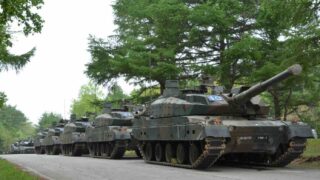

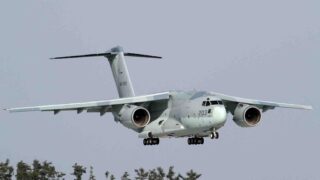
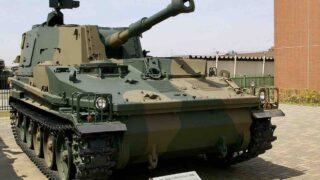
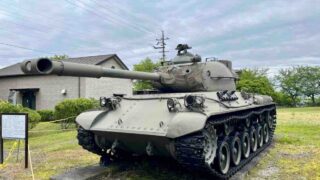
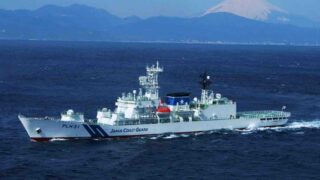

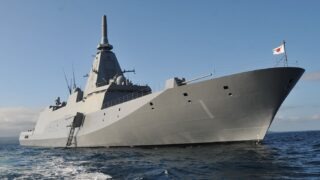
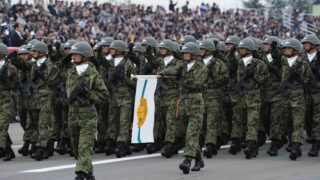
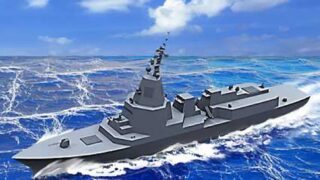

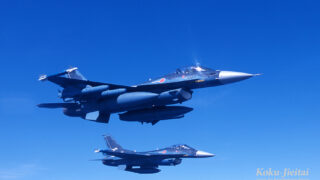
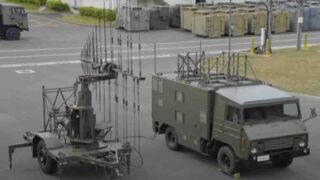
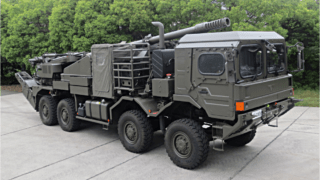
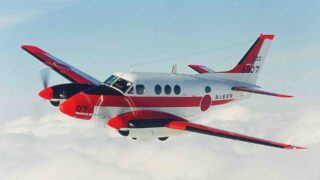
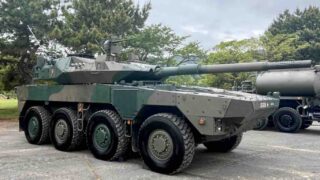
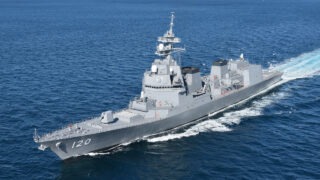
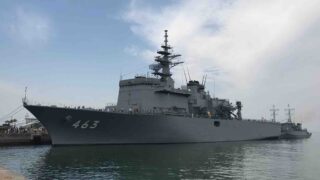
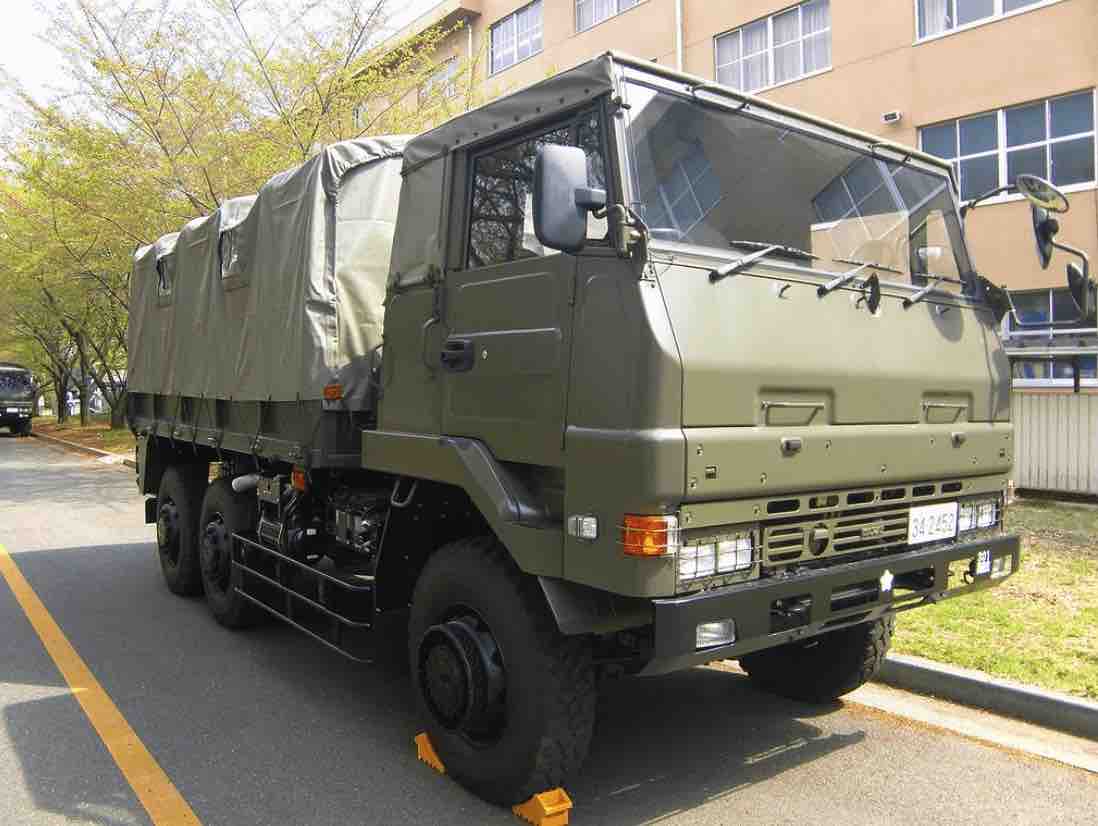
Comments